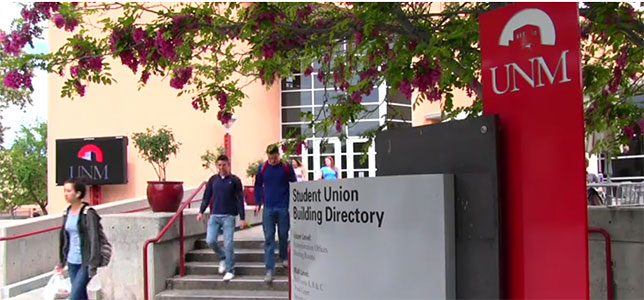New Mexico Has Most Affordable College Credits, Vermont Most Expensive
- By Dian Schaffhauser
- 03/29/17

New Mexico comes up on top as the state where college credits are the cheapest in the country. There, students in a two-year or four-year public institution pay on average $113 per credit. No. 2 is California, where the price is $120 per credit. And Wyoming is No. 3 at $122 per credit.
In two-year schools, California's per-credit price is $52, and New Mexico's is $67. Among four-year public colleges, Florida and Wyoming rank first and second, respectively, at $170 and $194 per credit.
Those are a few of the findings by Student Loan Hero, an online service that helps students manage their student loans. Recently, the company analyzed U.S. Department of Education tuition data to see where students pay the least and most for their college credits. The data were taken from the 2014–2015 academic year for in-state residents attending two- and four-year public colleges and ranked by state based on average tuition.
As the research found out, where a student lives can quadruple the cost of college. A 120-credit four-year degree costs $13,560 in New Mexico, compared to $55,920 in Vermont, where the credits were the priciest.
The 10 least expensive states by college credit were these:
1. New Mexico: $113 per credit
2. California: $120 per credit
3. Wyoming: $122 per credit
4. North Carolina: $140 per credit
5. Florida: $160 per credit
6. Mississippi: $162 per credit
7. Arizona: $165 per credit
8. Montana: $167 per credit
9. Arkansas: $169 per credit
10. Texas: $170 per credit
The costliest states in rank order were:
1. Vermont: $466 per credit
2. Pennsylvania: $435 per credit
3. New Hampshire: $388 per credit
4. Rhode Island: $334 per credit
5. Indiana: $311 per credit
6. New Jersey: $311 per credit
7. Massachusetts: $287 per credit
8. South Carolina: $286 per credit
9. Virginia: $283 per credit
10. Minnesota: $274 per credit
New Hampshire and Vermont also carry the highest cost per credit at local community colleges, at $291 and $245, respectively, according to the research.
The project also examined the average per-credit costs for private not-for-profit and for-profit colleges. The top three most expensive states were:
1. Rhode Island: $1,436
2. Massachusetts: $1,338
3. Vermont: $1,302
The least expensive states for private colleges were:
1. North Dakota: $470
2. Hawaii: $582
3: Alaska: $583
As a report on the results noted, "Even the cheapest private college per-credit cost from North Dakota at $470 is still higher than the most expensive public college per-credit cost from Vermont at $466."
Reporting in the Santa Fe New Mexican quoted Elyssa Kirkham, a writer and researcher for Student Loan Hero, who suggested that there could be "several reasons why higher education is more affordable in New Mexico." For example, the state has "about 30 colleges and universities" for its 2 million residents, which may create an atmosphere of "competition." Also, she noted, "You don't get that kind of a good deal unless you have committed [government] investment in the state college system."
Currently, however, the state is facing a financial crisis, which has already hit public institutions and may do so again in the new fiscal year starting in July.
In contrast, Phil Scott, Vermont's governor, in his latest budget proposed a boost of $6.5 million to state colleges and the University of Vermont. According to Vermont State College System Chancellor, Jeb Spaulding, the colleges would use the money to "keep tuition rate increases down."
Details of the study are available on the Student Loan Hero website here.
About the Author
Dian Schaffhauser is a former senior contributing editor for 1105 Media's education publications THE Journal, Campus Technology and Spaces4Learning.